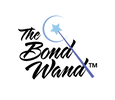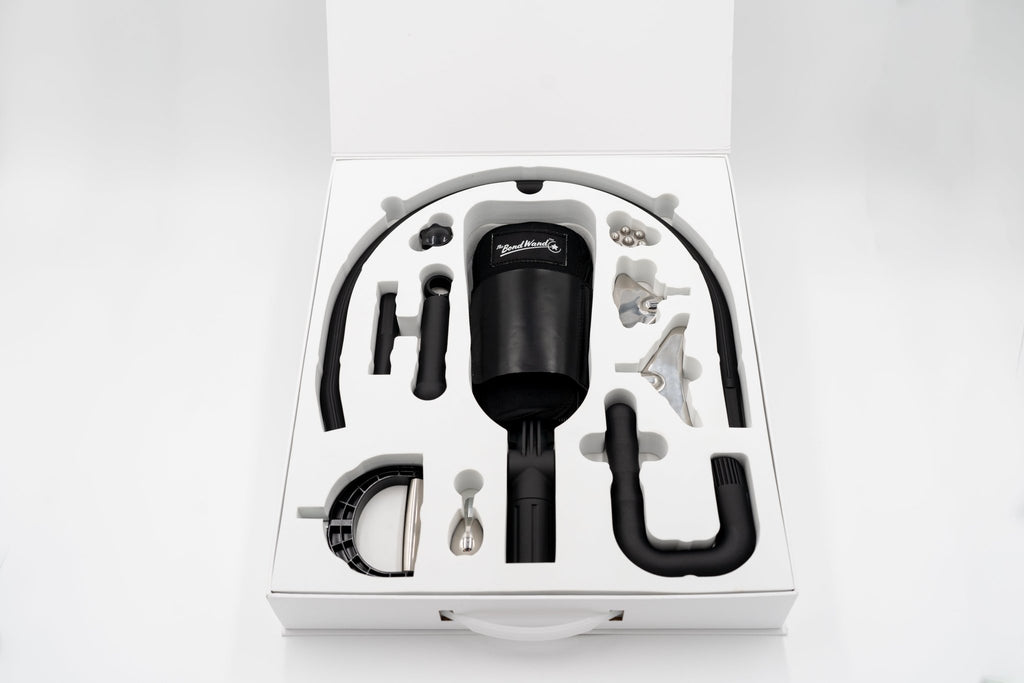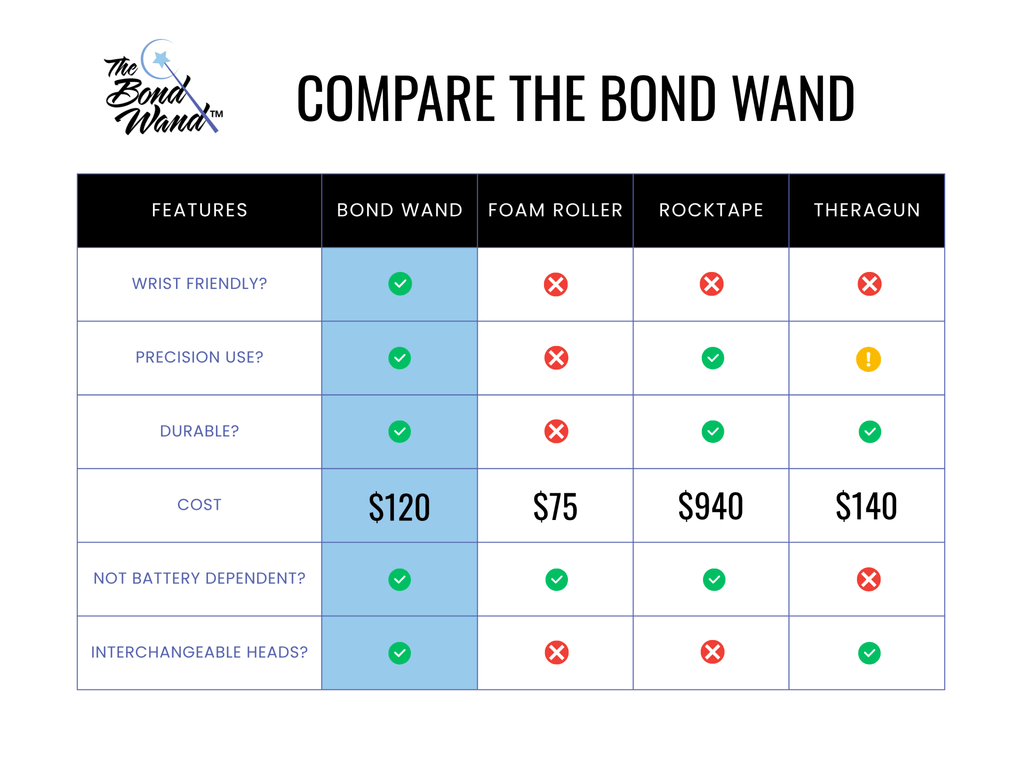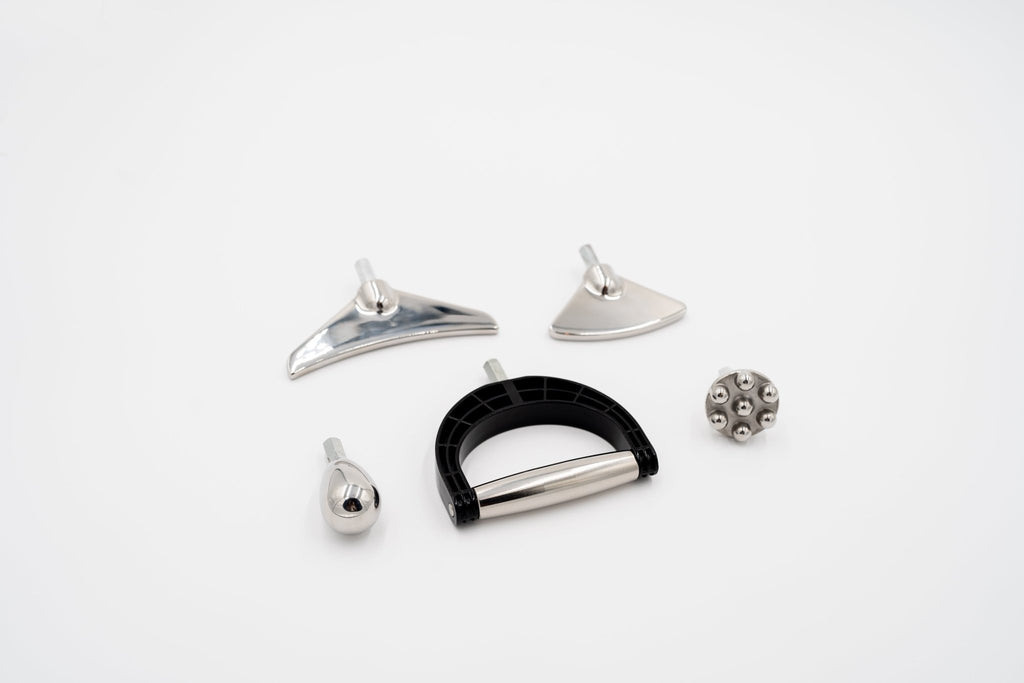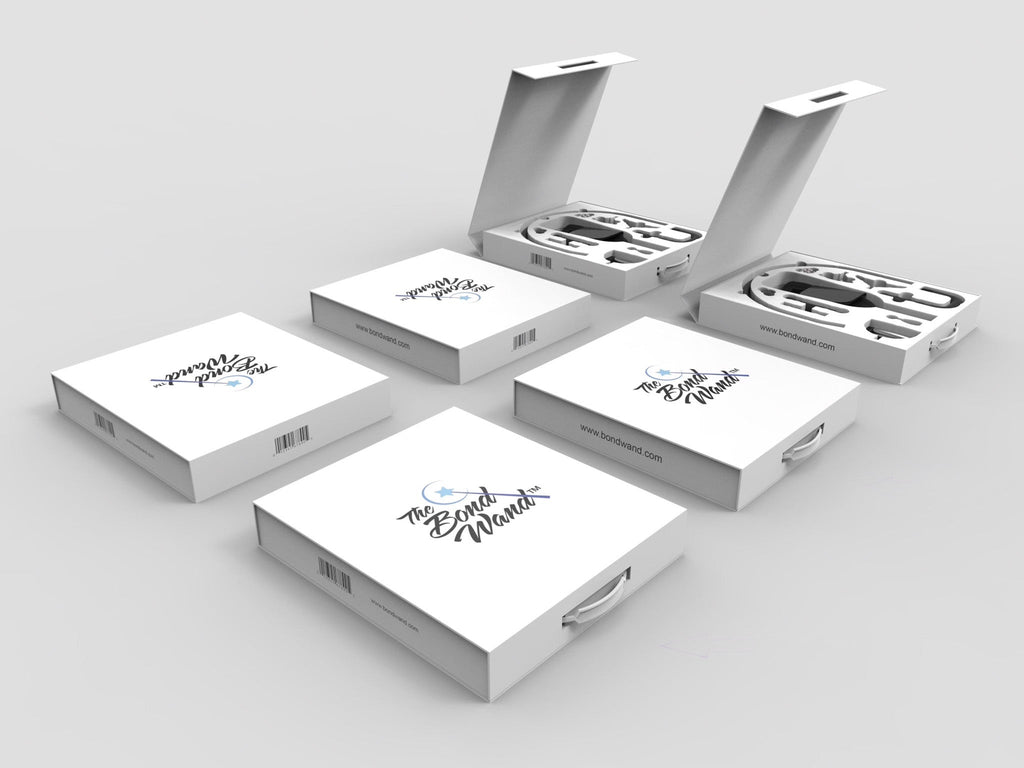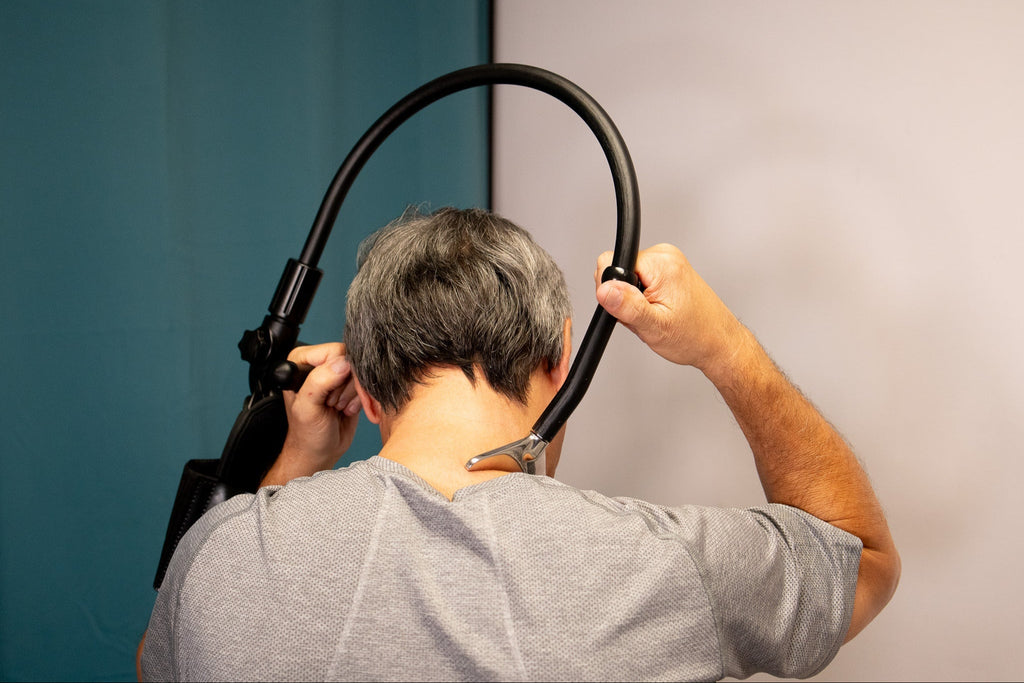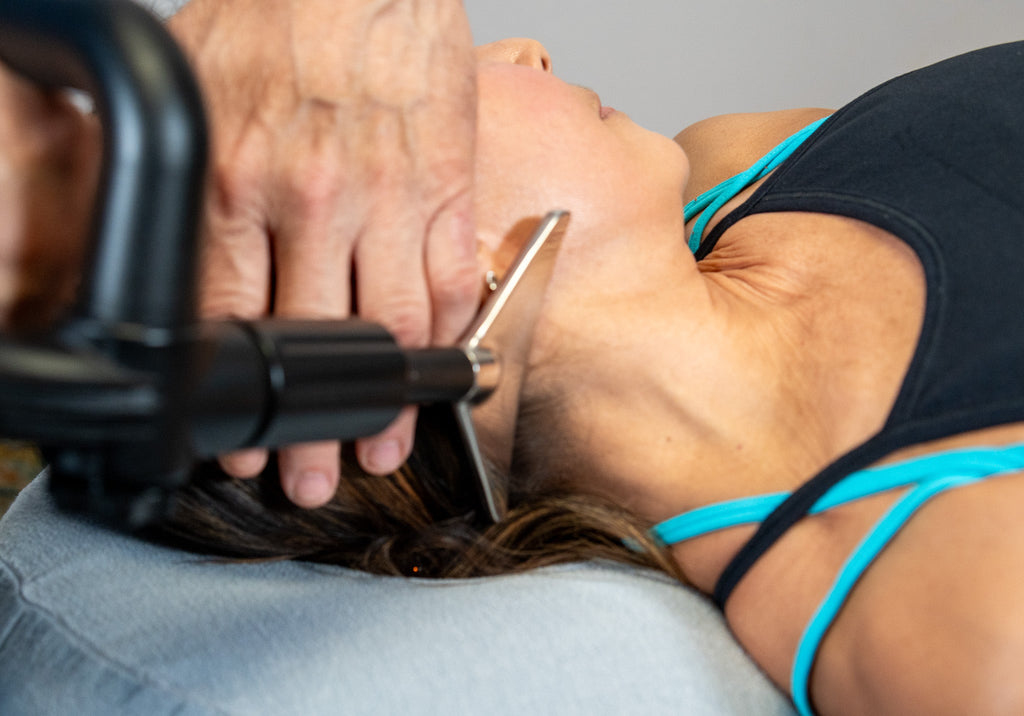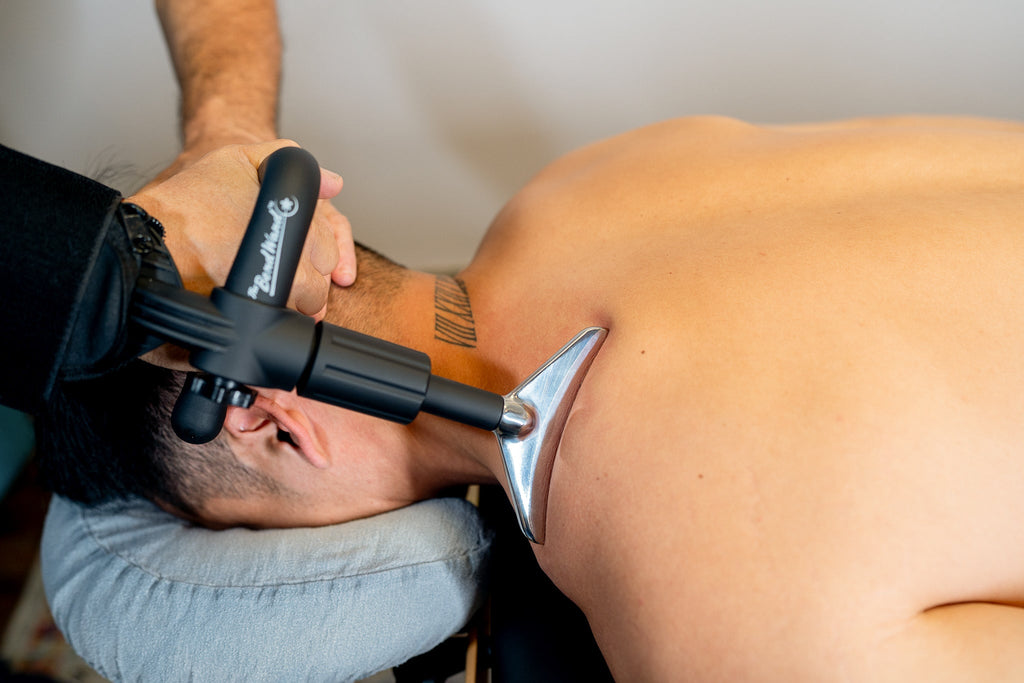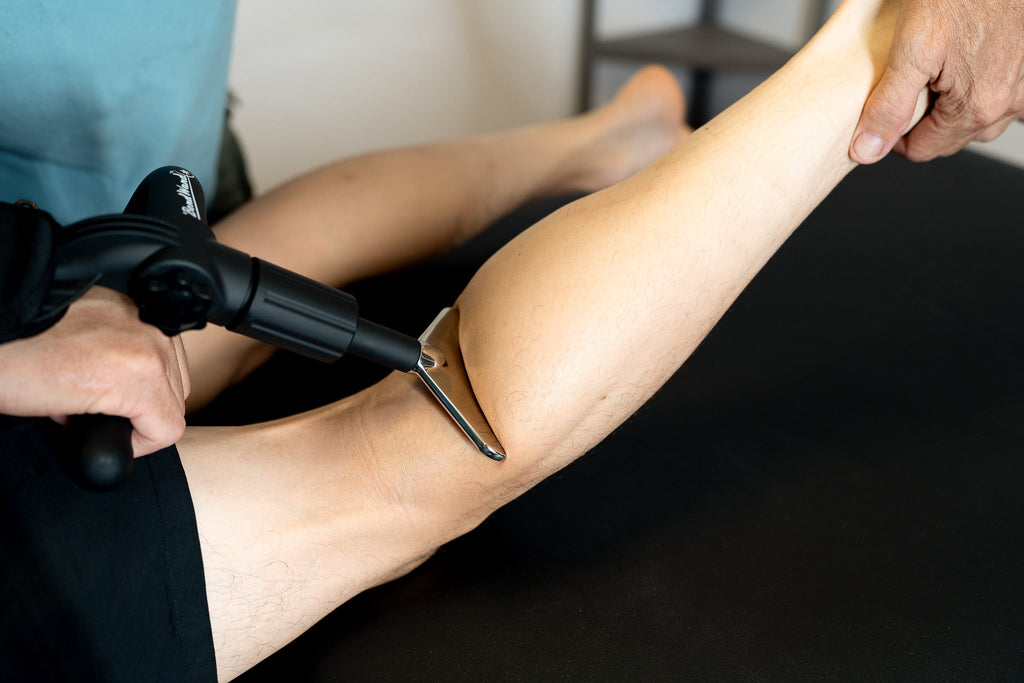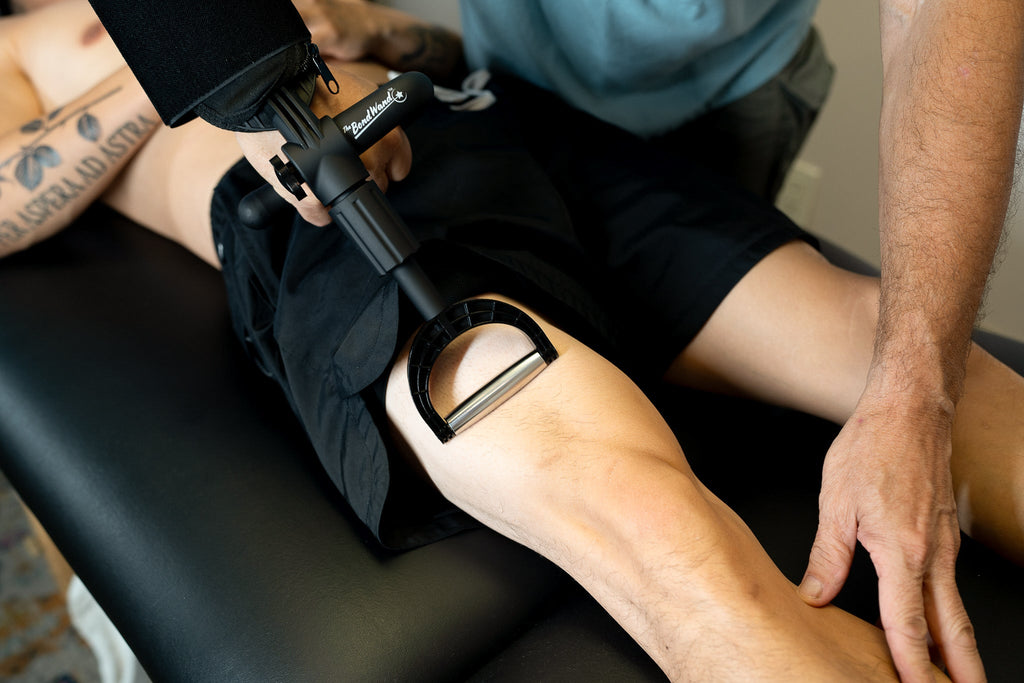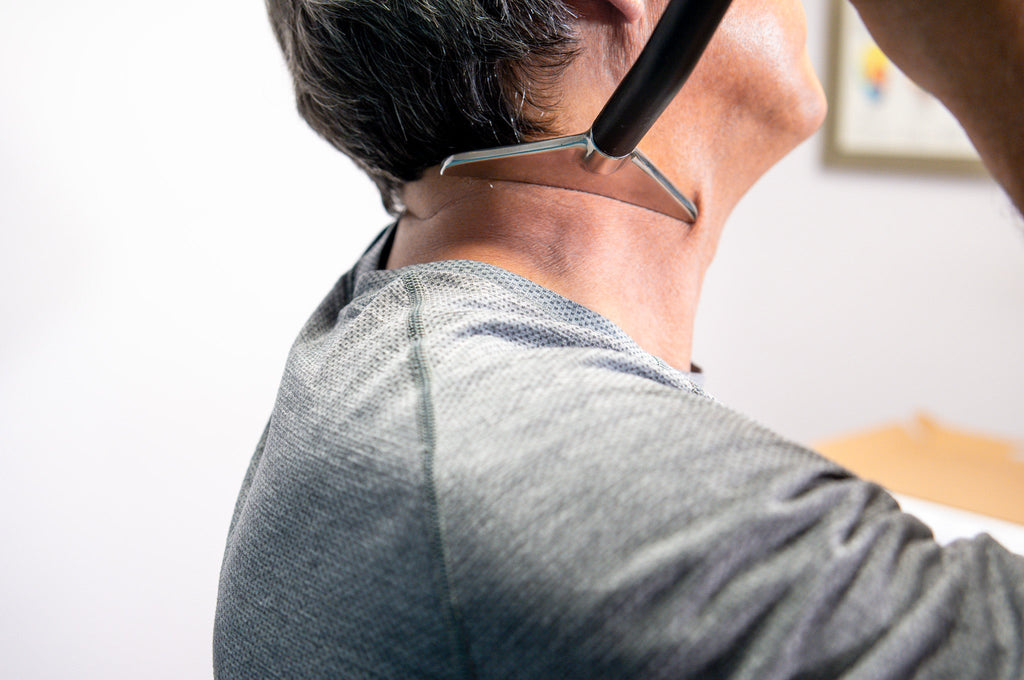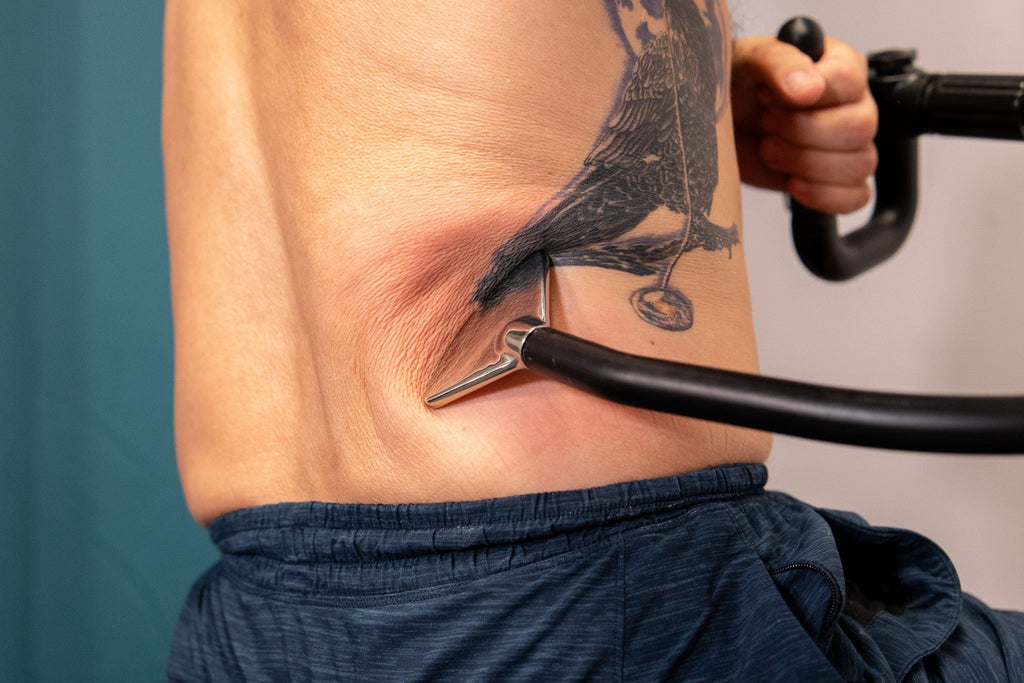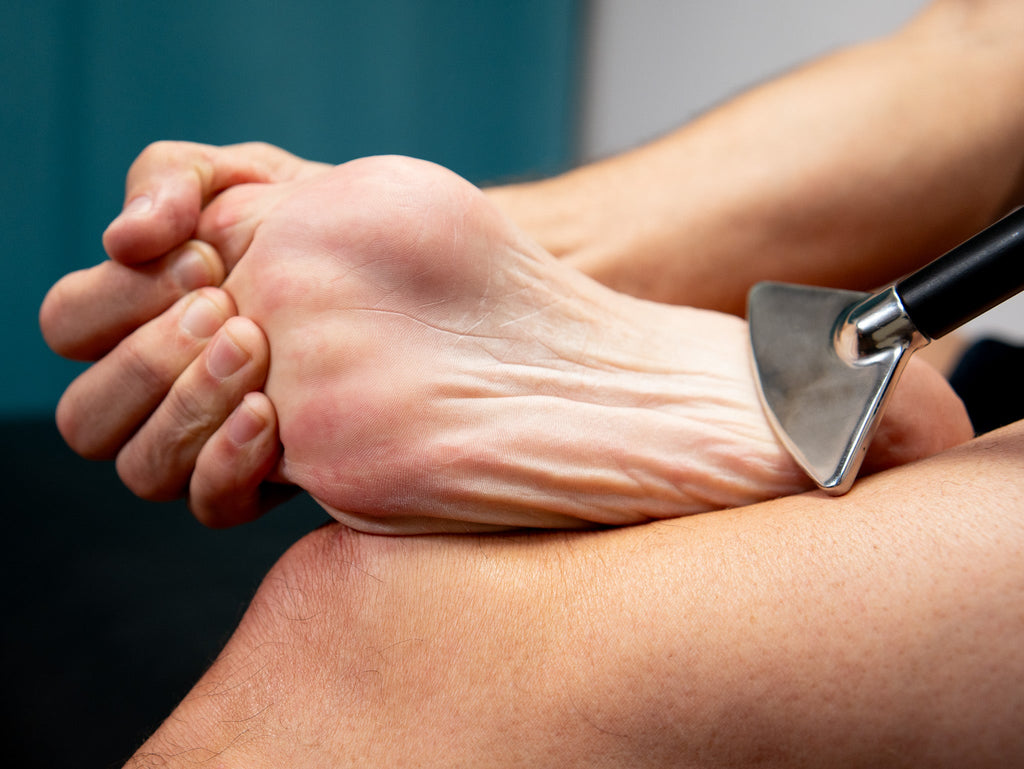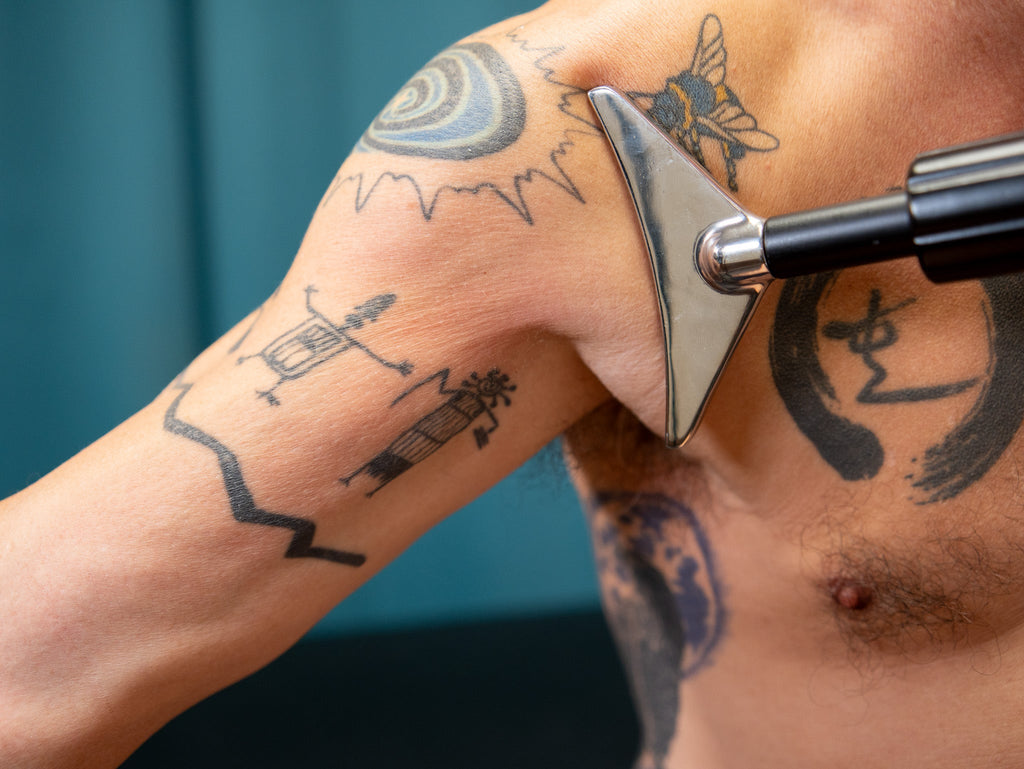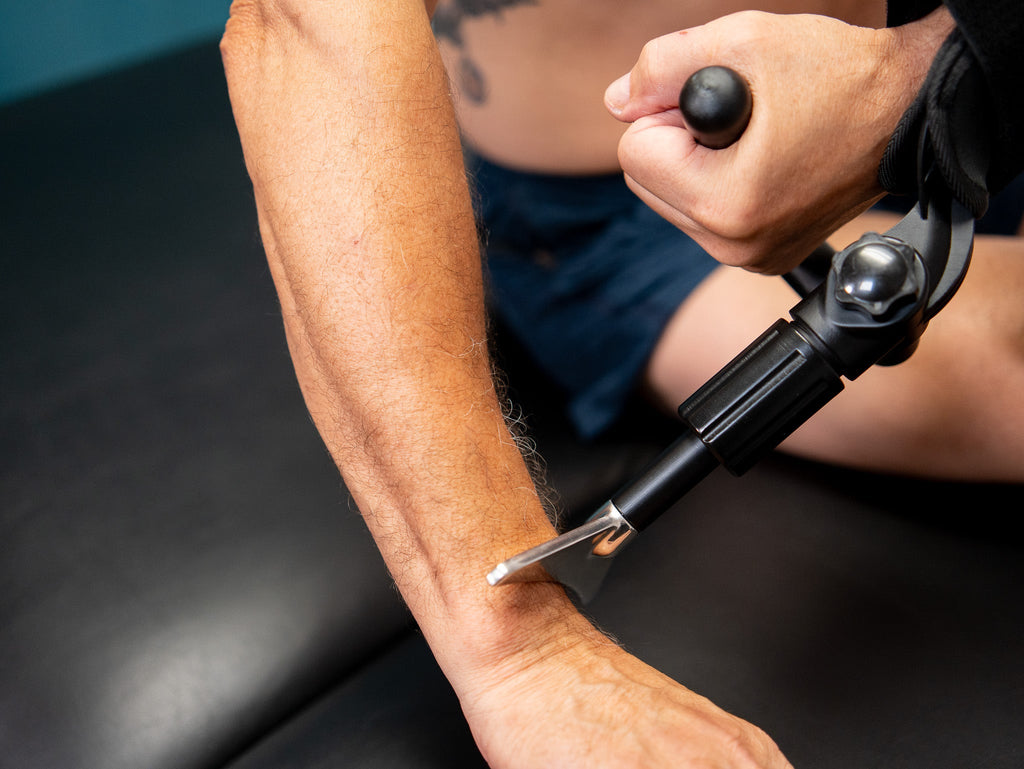I've been a physician of Chinese medicine and Acupuncture for 20 years and looking for a tool that actually treats all my muscles and meridians ... I finally found it!
I've been using The Bond Wand for 2 months now and I'm so impressed by the quality and functionality of this body tool. You can tell there's been a lot of thought into the design of this product because it truly allows me to reach every area of my body and move deeply into muscles, trigger points and meridian lines with precision.
Treating the trigger points and muscle tension in my back (specifically using on my rhomboid muscles, and under the scapula) is amazing! But I've used this weekly on my IT band, hamstrings, latts, rhomboids, traps, and pects and have found it to be incredibly healing. The variety of tools in this product create specific ability to target every area of the body.
I also greatly appreciate the very short and to the point videos that have been created by Dr. Bond, because they teach me exactly how to apply this tool to any area I need in just a few seconds.
The packaging is fantastic and the stainless steel tools are heavy duty and top notch! Amazing product!
